Introduction
Chicken meatballs are a culinary delight enjoyed across various cultures and cuisines. Whether served as an appetizer, a main dish, or incorporated into soups and stews, their versatility and taste make them a favorite among food enthusiasts. However, achieving the perfect balance of color and texture can be a challenging endeavor for even the most seasoned chefs. In this comprehensive guide, we will delve into the intricacies of how to make chicken meatballs that are not only whiter but also exceptionally tender. By understanding the science behind meatball preparation and incorporating specific techniques and ingredients, you can elevate your meatball-making skills to new heights.
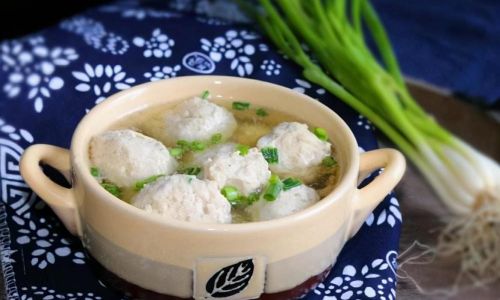
Understanding Chicken Meat Composition
Before diving into the recipe, it’s crucial to understand the composition of chicken meat. Chicken breast, which is commonly used for meatballs due to its lean nature, contains high levels of protein and relatively low fat content. This lean composition can make chicken meatballs prone to drying out if not handled properly. Therefore, achieving a tender texture and a pleasing white hue requires careful consideration of both ingredients and preparation methods.
Selecting the Right Chicken
-
Quality Matters: Start with high-quality chicken breast. Free-range or organic chickens often yield meat with better texture and flavor. Avoid using previously frozen chicken breasts as they can have a higher moisture loss upon cooking.
-
Color Considerations: Chicken breast meat naturally has a pinkish hue. To achieve a whiter appearance, opt for breasts that are lighter in color. This can sometimes be influenced by the diet and breed of the chicken.
-
Fat Content: While lean is ideal for health reasons, a small amount of fat (such as ground chicken thigh or adding a touch of butter or cream cheese) can enhance moisture retention and flavor, contributing to a tender texture.
Preparation Techniques
-
Chilling the Meat: Chilling the ground chicken for at least 30 minutes before mixing helps to firm up the proteins, making it easier to handle and shape the meatballs. It also aids in retaining moisture during cooking.
-
Proper Grinding: If grinding your own chicken, use a coarse grind plate. This ensures that the meat fibers are not overly compressed, which can lead to a denser texture.
-
Binding Agents: Incorporating binding agents like eggs, breadcrumbs, or dairy products (such as ricotta or cottage cheese) helps to hold the meatballs together while also adding moisture and tenderness. For a whiter appearance, opt for white binding agents like egg whites or cream cheese instead of whole eggs or darker breadcrumbs.
-
Gentle Mixing: Overworking the meat can cause the proteins to toughen up. Mix the ingredients gently using a folding technique or a light touch with your hands to avoid compacting the meat too much.
Ingredients for Whiter and Tender Chicken Meatballs
-
Dairy Products: Adding dairy products like cream cheese, ricotta, or sour cream not only adds moisture but also contributes to a lighter color due to their white hue. These ingredients help to create a creamy interior that remains tender even after cooking.
-
White Wine or Apple Cider Vinegar: A splash of white wine or apple cider vinegar can help to tenderize the meat by breaking down some of the proteins and also adds a subtle flavor without darkening the meatballs.
-
Herbs and Spices: Use white or light-colored herbs and spices such as garlic powder, onion powder, parsley, and dill. Avoid using darker spices like paprika or turmeric which can discolor the meatballs.
-
Leavening Agents: Incorporating a small amount of baking powder or baking soda can help to lighten the texture of the meatballs, making them more tender. However, use caution as too much can create an off-flavor.
-
Stock or Broth: Using chicken stock or broth instead of water when mixing the meatballs adds flavor and helps to keep them moist during cooking. Opt for a clear, unsalted broth to avoid darkening the mixture.
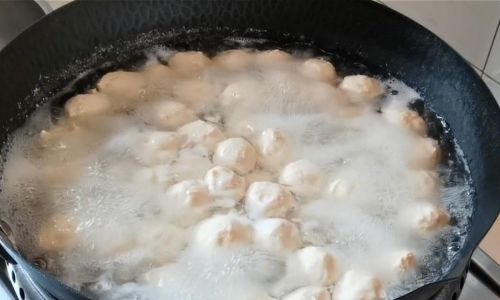
The Cooking Process
-
Temperature Control: Cooking chicken meatballs at a gentle temperature is crucial for achieving tenderness. High heat can cause the exterior to overcook and become dry while the interior remains raw. Poaching, steaming, or baking at a moderate temperature (around 350°F or 175°C) is recommended.
-
Finishing with a Sear: For added flavor and a slightly crispy exterior, finish the cooked meatballs in a hot pan with a small amount of oil or butter. This step should be brief to avoid overcooking the interior.
-
Moisture Retention: To ensure the meatballs stay moist, avoid overcrowding the pan or baking sheet. This allows for even cooking and prevents steam from escaping, which helps to keep the meatballs tender.
-
Resting: After cooking, let the meatballs rest for a few minutes. This allows the juices to redistribute, ensuring a juicy and tender bite every time.
Troubleshooting Common Issues
-
Discoloration: If your meatballs are turning gray or brown, it could be due to overcooking, using dark ingredients, or improper storage before cooking. Ensure you use fresh, light-colored ingredients, cook at the correct temperature, and avoid exposing the raw meatballs to air for too long before cooking.
-
Tough Texture: Tough meatballs are often the result of overmixing, overcooking, or using low-quality meat. Follow the gentle mixing technique, cook at a moderate temperature, and always use high-quality chicken breast.
-
Falling Apart: Meatballs that fall apart during cooking may lack sufficient binding agents or have been overworked. Add more binding agent (like breadcrumbs or egg whites) and handle the mixture gently during shaping.
Creative Variations and Serving Suggestions
-
Flavor Infusions: Experiment with different dairy products like goat cheese or mascarpone for unique flavors and textures. Infuse the meatballs with aromatic herbs and spices like lemon zest, thyme, or rosemary for added depth.
-
Stuffed Meatballs: For a gourmet touch, stuff the meatballs with cheese, spinach, or sun-dried tomatoes before shaping. This not only adds flavor but also creates a moist and tender center.
-
Sauces and Glazes: Serve the meatballs with a creamy white sauce like Alfredo or a light tomato-based sauce. A honey-mustard glaze or a lemon-dill yogurt dressing can also elevate their appeal.
-
Global Flavors: Incorporate international flavors such as Middle Eastern spices (like cumin and coriander), Italian herbs (like basil and oregano), or Asian ingredients (like ginger and soy sauce) to create unique and exciting meatball dishes.
Conclusion
Crafting whiter and tender chicken meatballs is an art that combines science, technique, and creativity. By understanding the composition of chicken meat, selecting high-quality ingredients, and carefully controlling the preparation and cooking processes, you can achieve meatballs that are not only visually appealing but also delightfully tender. Experiment with different ingredients and techniques to find your perfect recipe, and enjoy the satisfaction of serving meatballs that are a true culinary delight. Whether you’re hosting a dinner party, preparing a family meal, or simply indulging in a homemade snack, your whiter and tender chicken meatballs are sure to impress and satisfy every palate. Happy cooking!
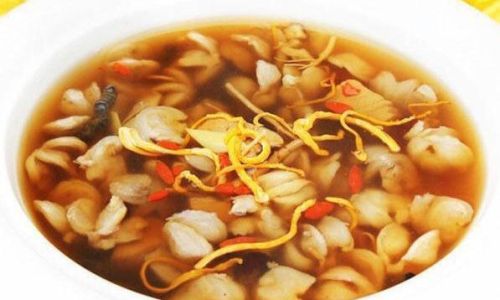
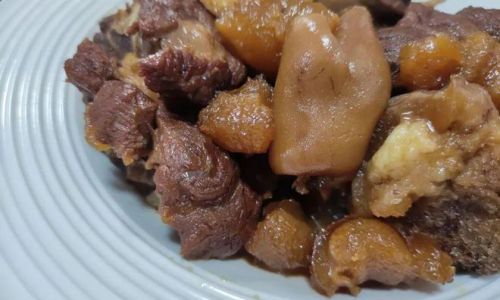
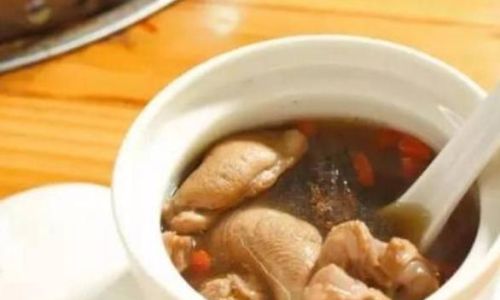


0 comments